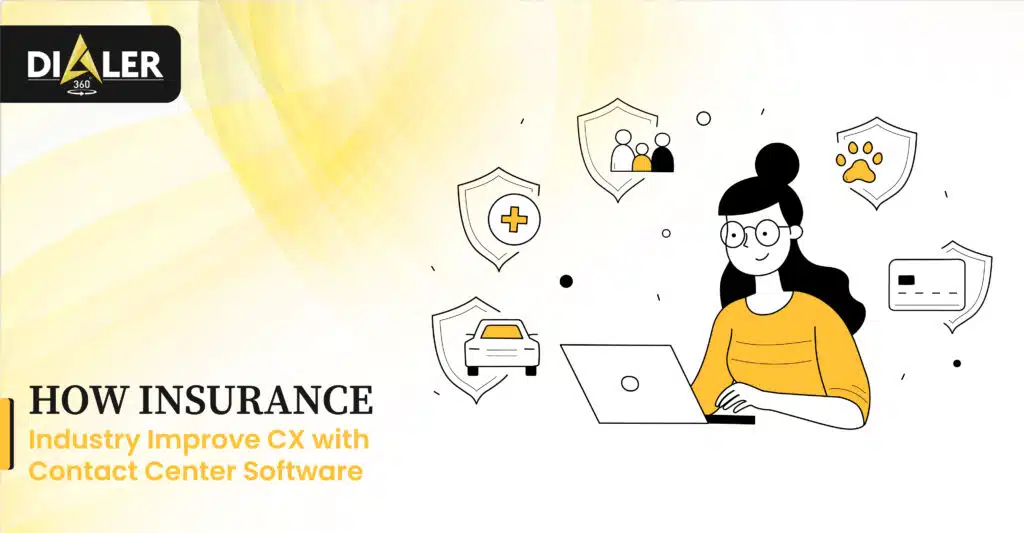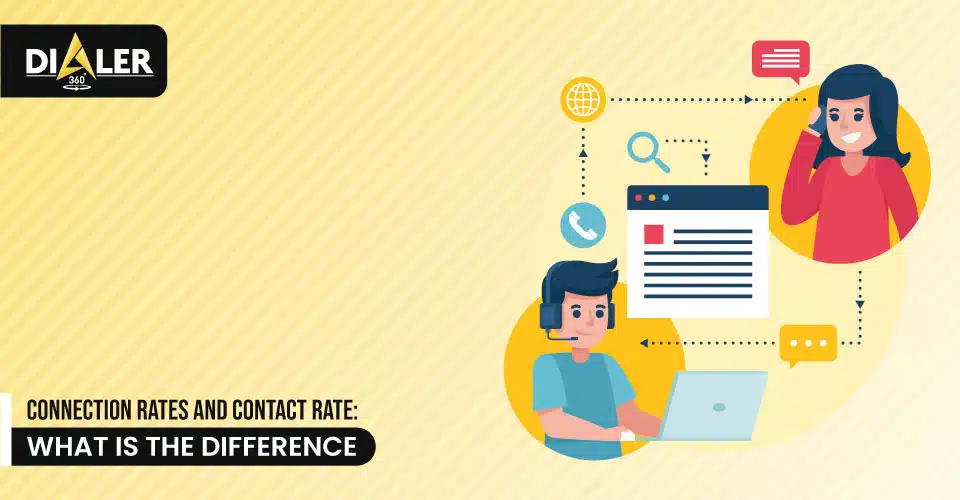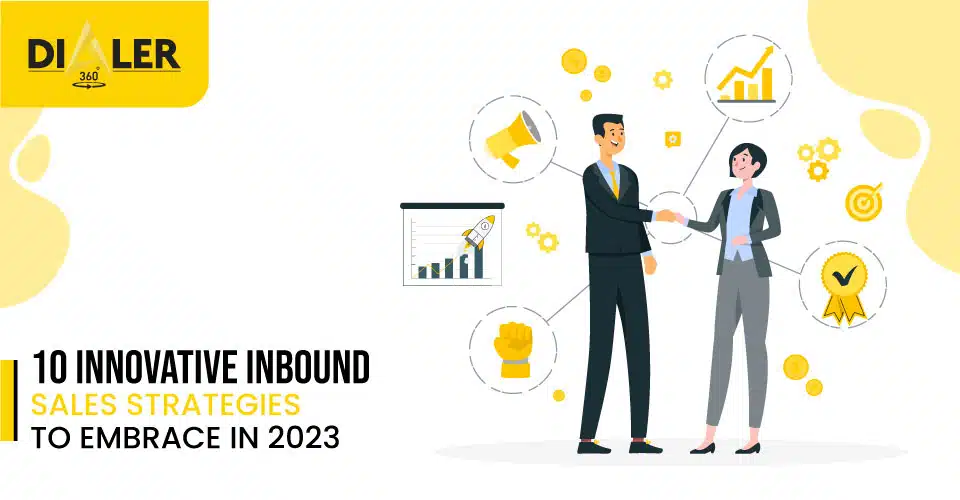Trust is the cornerstone of any relationship. And it’s the foremost necessary component for client loyalty. Building trust is not simply a feel-good method. Building trust requires that you own the customer experience. Throughout the life of the relationship from the initial contact. Throughout the sales and onboarding processes, and in ongoing day-to-day activities.
In the old world, you devoted 30% of your time to building a great service and 70% of your time to shouting about it. In the new world, that inverts.” – Jeff Bezos CEO of Amazon
Customer expectations are changing. Each time you add another channel, you offer another way for a customer to engage with you. Customers expect support to be available 24/7. Not every customer wants to come to you for simple queries, they demand to learn and help themselves. So, your self-service is expected to be top notch.
Here are five steps that you can take to become a trusted adviser:
1. Study your current customers
Here are some questions to ask about each customer:
- How much does this customer buy in a year?
- What type of products do they buy and how frequently purchased?
- How long have they been a customer?
- Can we sell them other products?
- Do they use other suppliers, and, if so, who are they?
- How much profit do we earn on their purchases?
- How fast do they pay?
- How satisfied are they with our company?
- How could we improve our business relationship?
2. Prepare your customer loyalty program
Before launching a loyalty program, you need to assess your customers’ current level of satisfaction. Through such techniques as surveys, interviews and monitoring customer comments.
Identify employees who are good at dealing with customers and available to take part. You will need to target customers who buy from you but could become more profitable, according to your analysis. If their purchasing cycle is long, this type of program is generally not recommended.
3. Set goals, and measure them with a CRM
Set your goals for the program from the beginning. For example, if your customers buy on average three times per year, set a goal of 3.3 times a year. This will increase your sales by 10% with a few extra expenses. Use CRM software to manage this program. If you are looking for a low?cost or free CRM solution, you may want to consider our list.
4. Set a budget
Set a budget for managing customer retention and a separate one for developing new customers. To do so, consult your industry average if you are looking for above?average growth, increase your budget.
5. Choose tactics that will encourage client loyalty
Choose loyalty enhancing tactics that relate to a customer’s purchases. But also to the quality of your business relationship. Here are some examples:
- Monthly visits from a sales representative.
- Annual visit and business lunch with the vice president of sales.
- A personal invitation to a seminar and dinner given by the president.
- Premium service guaranteed 24/7.
- Emergency phone line and secure website access.
- Extra discounts when purchased milestones are reached.
- Sponsorship of an annual event.
If your customers are businesses, there’s a good chance this type of program is good for you. But a customer loyalty program doesn’t mean you can neglect new business development. It’s a never?ending job to increase your portfolio of loyal customers.
6. Own the customer experience
Every customer interaction is a vulnerable touch point for encouraging or dissuading customer loyalty. Sales, marketing, finance, operations and support all need to recognize. How their customer interactions impact the customer relationship with the entire company.
Negative asking expertise or a lost support price tag might presumably impact the link. Removing silo-based thinking is that the opening move in making customer-centric expertise. A standard vision from the highest can encourage collaboration, teamwork. And ultimately break down any barriers between division organizations.
The client can see the consistency and successively can still build trust between the organizations.
7. Develop a good and consistent communication plan
Quarterly Business Reviews (QBRs) are excellent thanks to reviewing price tag trends, service recommendations. Discuss all of the nice things your company is doing and having the client take the time to review any coming comes or technologies.
They are considering implementing. QBRs do not solely facilitate showcase the worth you arouse the client, however also will still solidify your role as a sure authority.
Concluding Remarks
Customers that trust you with their business and appearance to you for recommendation are the simplest customers that you will have. Competitors offer an identical service, pay a lot of on selling, and provide a cheaper price.
But the one issue that’s tough for a challenger to try to is to disrupt a relentless, trustworthy and productive relationship. Being a sure authority to your customers could be a key success issue to differentiating you from the remainder.





